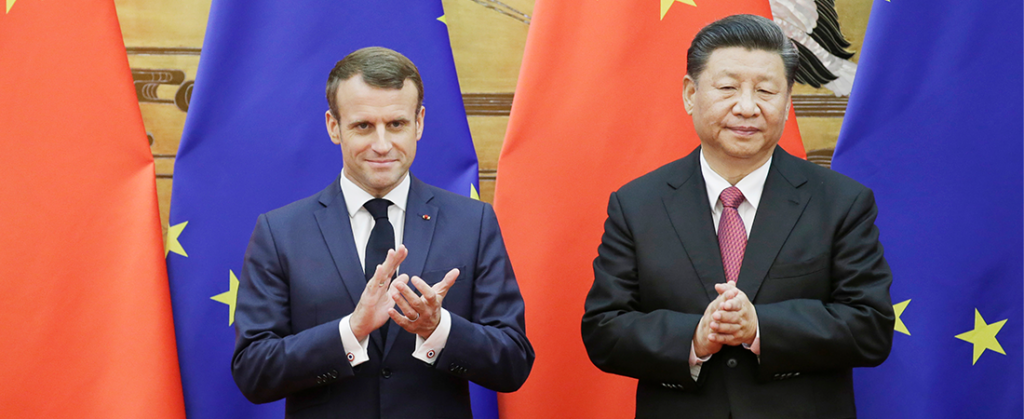Kahramanmaras Earthquake: Türkiye -Syria Earthquake
What happened: On 6 February 2023, a devastating earthquake of a magnitude of 7.8 on the Richter scale hit southern and central Türkiye along with northern and western Syria. The epicenter of this earthquake was in the Pazarcık district of Kahramanmaras province. Many aftershocks followed this first earthquake causing catastrophic damage and destruction. According to latest figure, over fifty thousand people have lost their lives and over a hundred thousand injured. Most recently an earthquake of magnitude 5.6 hit the region again on 27 February killing one and wounding a dozen people.
What’s Next: While the countries grapple with these devastating series of events, about a hundred countries and 16 international organisations have pledged aid to Türkiye. Unfortunately, the situation is more complex for Syria as getting aid into the country is hampered by political conflict and an acute humanitarian crisis. Countries across the globe are continuing to provide aid and support in multiple ways as the situation further unfolds.
Mass protests in Sri Lanka over IMF Austerity
What happened: Sri Lanka is currently dealing with the worst economic crisis it has seen in 70 years. According to the world bank it is an unsustainable debt and balance of payments crisis, due to which there have been unprecedented levels of inflation in the country and a shortage of supplies. Thus, leading the country into political, economic and social turmoil. In September 2022, Sri Lanka and the IMF reached a deal where they would extend a 48-month $2.9 billion loan to Sri Lanka to help restore economic stability. This would only be disbursed after satisfactory debt restructuring measures are put into place. In response President Ranil Wickremesinghe imposed steep tax hikes and spending cuts to secure the IMF bailout resulting in protests erupting across the country. Wickremesinghe went on to put a government ban on protests against the IMF rescue plan which has resulted in Sri Lankan workers going on strike in defiance of this protest.
What’s Next: Experts have called for a restructuring of the Sri Lankan economic model. Traditionally, Sri Lanka’s big exports have been agricultural such as cinnamon, spices and tea. Textile’s manufacturing is another major source of exports for Sri Lanka. But overall, there hasn’t been a great push towards any particular sector to help with the crisis. Another area for reform identified by the World Bank is liberalising imports and dismantling tariffs. thereby benefiting domestic producers, the retail and construction sectors.
South China Sea Discussions
What happened: China and four Asean states – Brunei, Malaysia, the Philippines, and Vietnam – have overlapping claims over the strategic waterway, an issue which has remained unresolved for decades. In February, the United States and the Philippines agreed to restart joint patrols in the South China Sea region. These patrols had been suspended under Duterte. In the same month, the Philippine Coast Guard has moved to bolster its presence in South China Sea saying it is to help defend Filipino fishermen sailing in the area. On top of that, Philippines is also in talks with Australia and Japan to be a part of the joint South China Sea patrols.
What’s next: If the plan for the countries to join materialises, it will be the first time the Philippines has joined multilateral maritime patrols in the South China Sea, this move will likely cause concerns with China. This would also mean a realignment for the Philippines with the US, which had changed under its predecessor Duterte. Currently, Indonesia has organized a meeting for officials from Asean member states and China to negotiate a code of conduct (COC) for the South China Sea in March. The official name of the meeting will be: Meeting of the China-Asean Joint Working Group on the Implementation of the Declaration on the Conduct of Parties in the South China Sea (JWG-DOC).
Ministerial Visits in February
What happened: February saw several ministerial visits across Asia- Pacific, starting with the newly elected New Zealand Prime Minister Chris Hipkins who made Australia the first destination of his overseas trips. The discussion revolved around issues of citizenship, the cost-of-living issues as well as the Pacific policy. Philippine President Ferdinand Marcos paid a visit to Japan where bilateral agreement s were forged and pacts were made to further boost agriculture and information, communications and technology cooperation. Iran’s President Ebrahim Raisi made a rare visit to China to help implement a 25-year cooperation alliance between the two nations. Since the Visit, Xi Jinping is also set to visit Iran later in the year.
What’s next: These Ministerial visits result in economic as well as social changes within the region. For example, the Iranian President’s visit to China has been during a time when both countries are facing pressure from Western countries, raising concern about their growing ties. Ministerial visits made by Marcos across the region have also flagged newer discussions around the South China Sea Issue.






